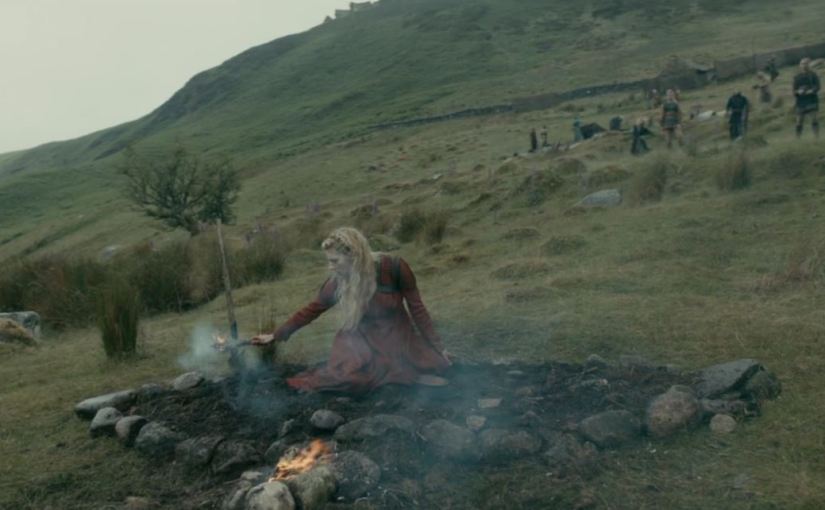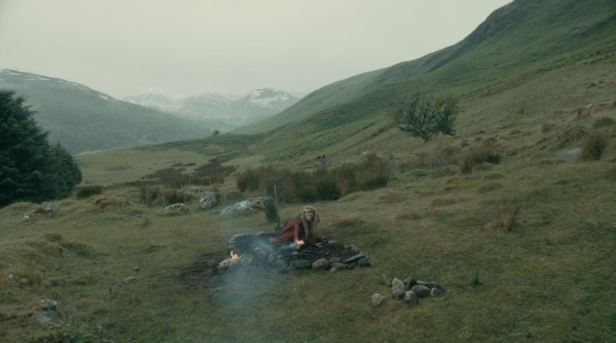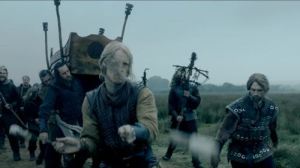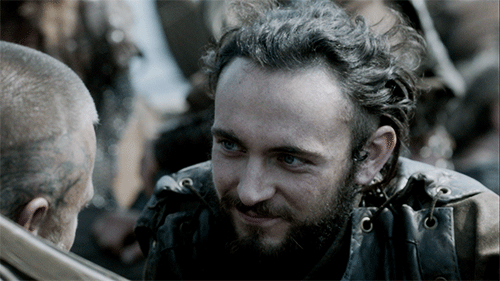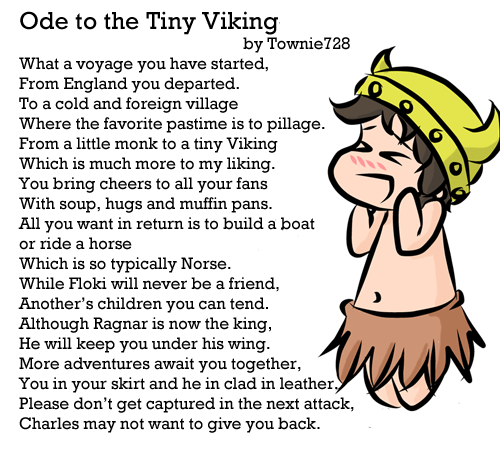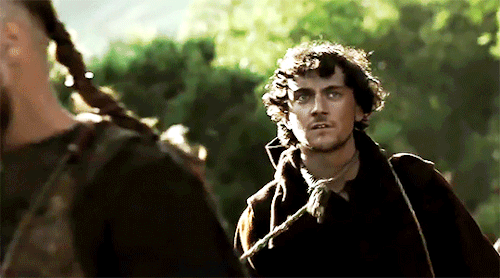Course Introduction
The Four Branches of the Mabinogi is an old Welsh classic that was first written down about 900 years ago. It appears to be a collection of traditional tales that probably originated in the oral storytelling tradition of the early Welsh. The only real certainty is that they were written down by some talented, but unknown, author.
The Four Branches are set in a past where the Welsh aristocracy still claim the Crown of London, and consider the whole of the island to be their sovereign territory. Historically speaking, this would have been sometime between 350 and 500AD. The Four Branches could preserve one of the oldest versions of Britain to have survived.
As a result, the tales can tell us much about what Britain was, is and could still be. They explore in great detail the possibilities and problems that arise for those who seek to claim…
View original post 442 more words
 Left: The Old English Paris Psalter. © Paris, BnF, Lat. 8824. Right: Alfred disguised as a harper in the Viking camp (
Left: The Old English Paris Psalter. © Paris, BnF, Lat. 8824. Right: Alfred disguised as a harper in the Viking camp (
